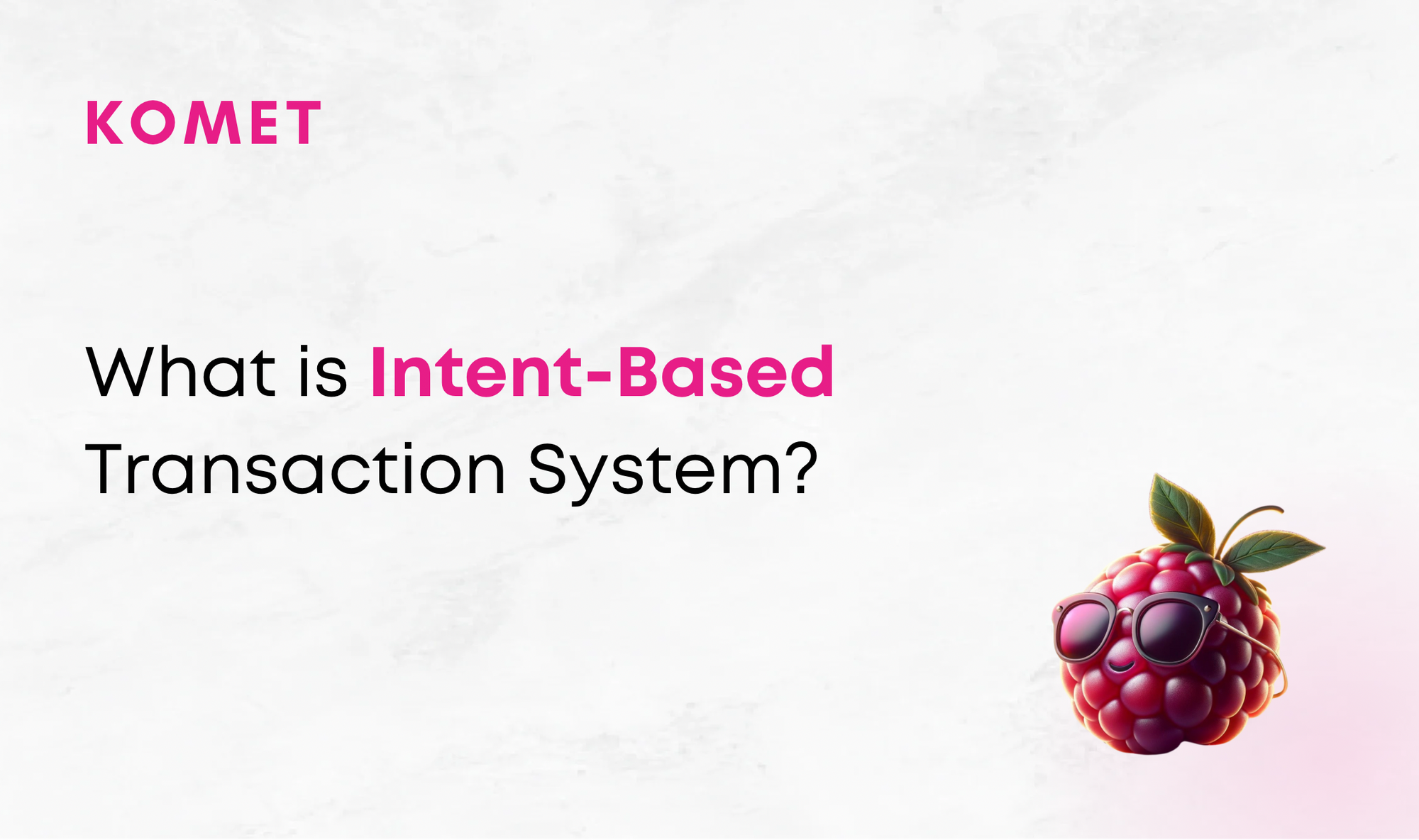What is an Intent-Based Transaction System?

The complexity of managing assets across multiple blockchains is a well-documented problem for anyone who interacts with decentralized finance (DeFi) systems. The current system is riddled with manual processes and inefficiencies. Bery Protocol's intent-based transaction system aims to eliminate this, and simplify user experience while maximizing efficiency.
At its core, an intent-based transaction allows a user to express what they want to achieve—whether it’s swapping assets or moving them across chains—and lets the system handle the rest. This is a paradigm shift from traditional blockchain transactions, where users are required to manually navigate steps, understand the mechanics of each chain, and pay variable gas fees.
Bery Protocol captures user intent, such as "swap MATIC for SOL", which are two different chains. However, the platform handles everything behind the scenes, including selecting the best route, managing liquidity, and ensuring the transaction is executed efficiently.
Key benefits of intent-based transactions include:
- Simplified user experience: No need for manual navigation across multiple chains.
- Automated execution: The system determines the best path for the transaction.
- Optimized costs and speed: The process is designed to balance between security, speed, and cost.
By utilizing advanced smart contract frameworks and cross-chain technologies, Bery aggregates liquidity, optimizes the route, and processes the transaction efficiently. The Komet Smart Wallet is a crucial part of this ecosystem, designed to capture user intents seamlessly and initiate the execution process.
How does Bery Protocol work?
- Intent Capture: The user selects a simple command out of the options available, like "bridge 1 ETH to another chain."
- Komet Smart Wallet Integration: The Komet Smart Wallet captures this intent and submits it to the Bery ecosystem.
- Liquidity Aggregation: Bery Protocol assesses liquidity pools across multiple decentralized exchanges (DEXs) and bridges such as LayerZero and SushiXSwap to identify the best route.
- Optimization: The system optimizes for key factors like gas fees, transaction speed, and security, prioritizing security over other considerations.
- Execution: The intent is translated into a smart contract transaction and executed on the most optimal route.
Efficiency in blockchain transactions is more than just about speed; it's a careful balance of cost, security, and reliability. Bery Protocol optimizes transactions with these factors in mind, making it one of the most effective solutions in the cross-chain ecosystem.
Fallback Mechanisms and Retry Systems
If a transaction fails, Bery Protocol has a retry system that ensures the user’s intent is executed without error. This includes switching to alternative bridge connections or liquidity sources if the initial route encounters issues, ensuring that the transaction completes successfully.
Bery Protocol maintains multiple bridge connections to enhance reliability. If one bridge becomes congested or non-operational, the protocol automatically switches to another, minimizing downtime and ensuring continuous access to liquidity across different chains.
The intent-based transaction system offered by Bery Protocol handles everything, from liquidity aggregation to bridge management. The platform does everything in One-Click, without even charging any additional fee for it! But apart from a flawless trading experience, BERY Protocol has exceptional perks for developers.Stay tuned for the next blog in our series, where we’ll dive into the Bery SDK and explore how developers can leverage this tool to integrate intent-based systems into their own platforms.
